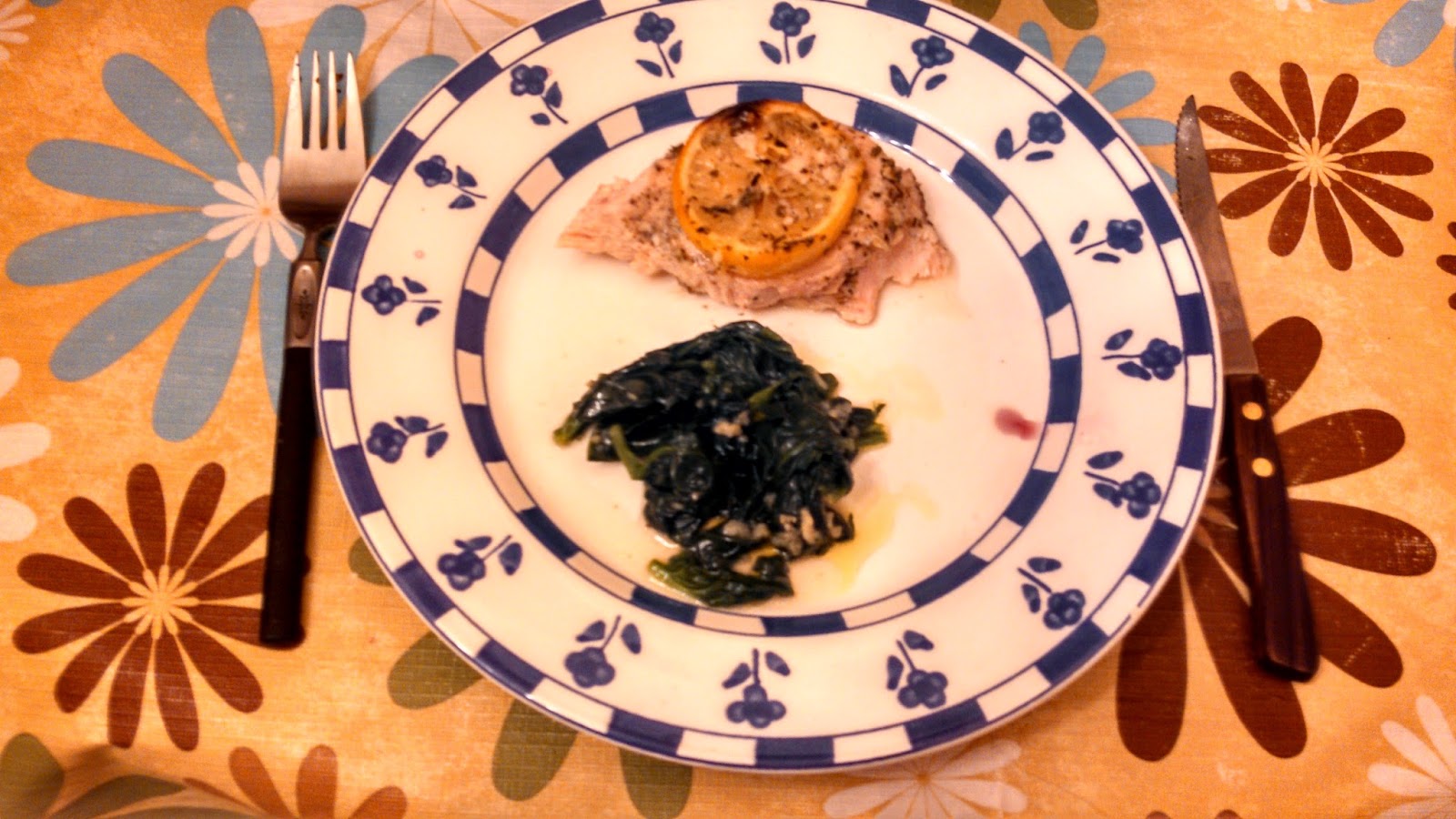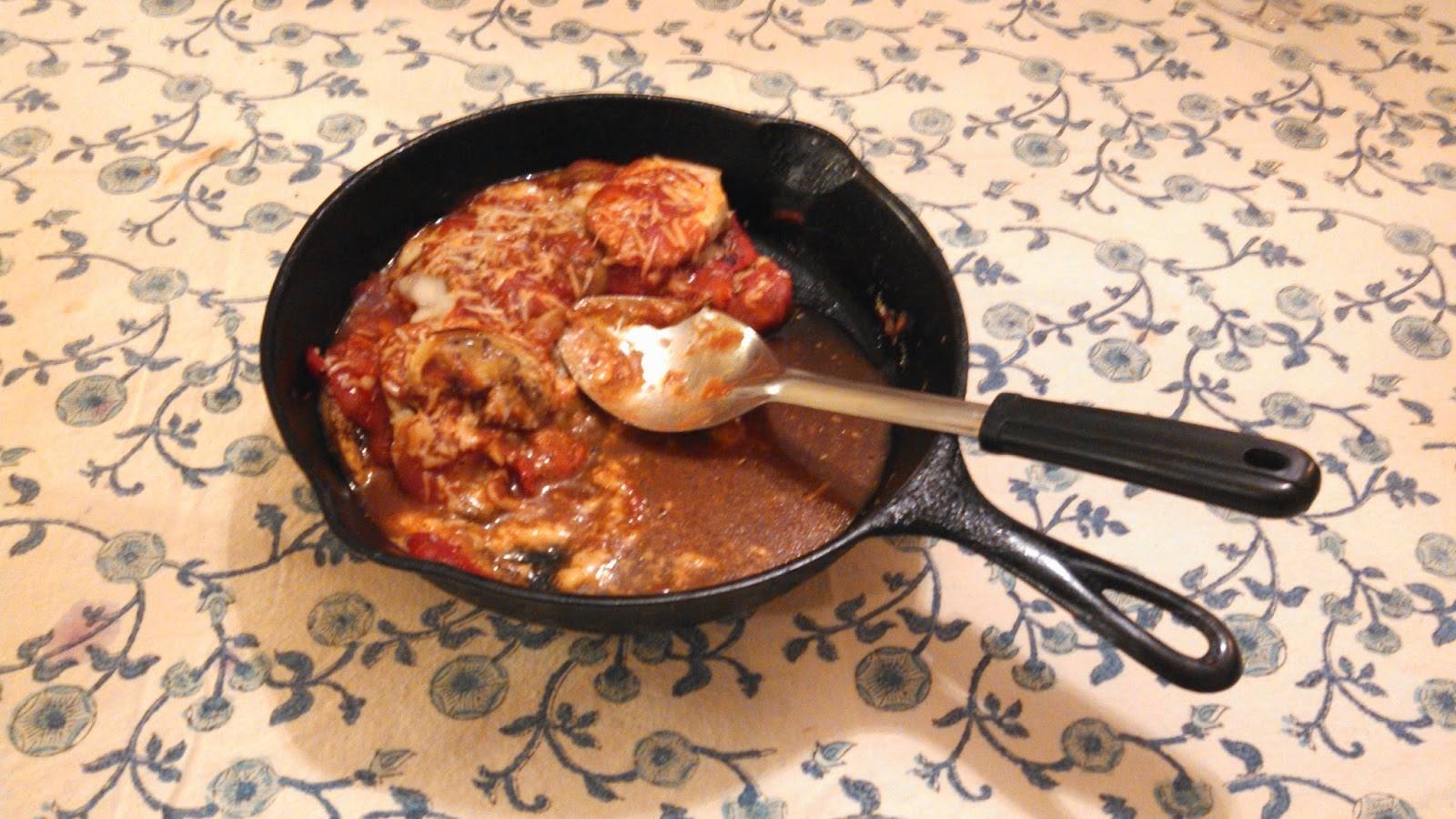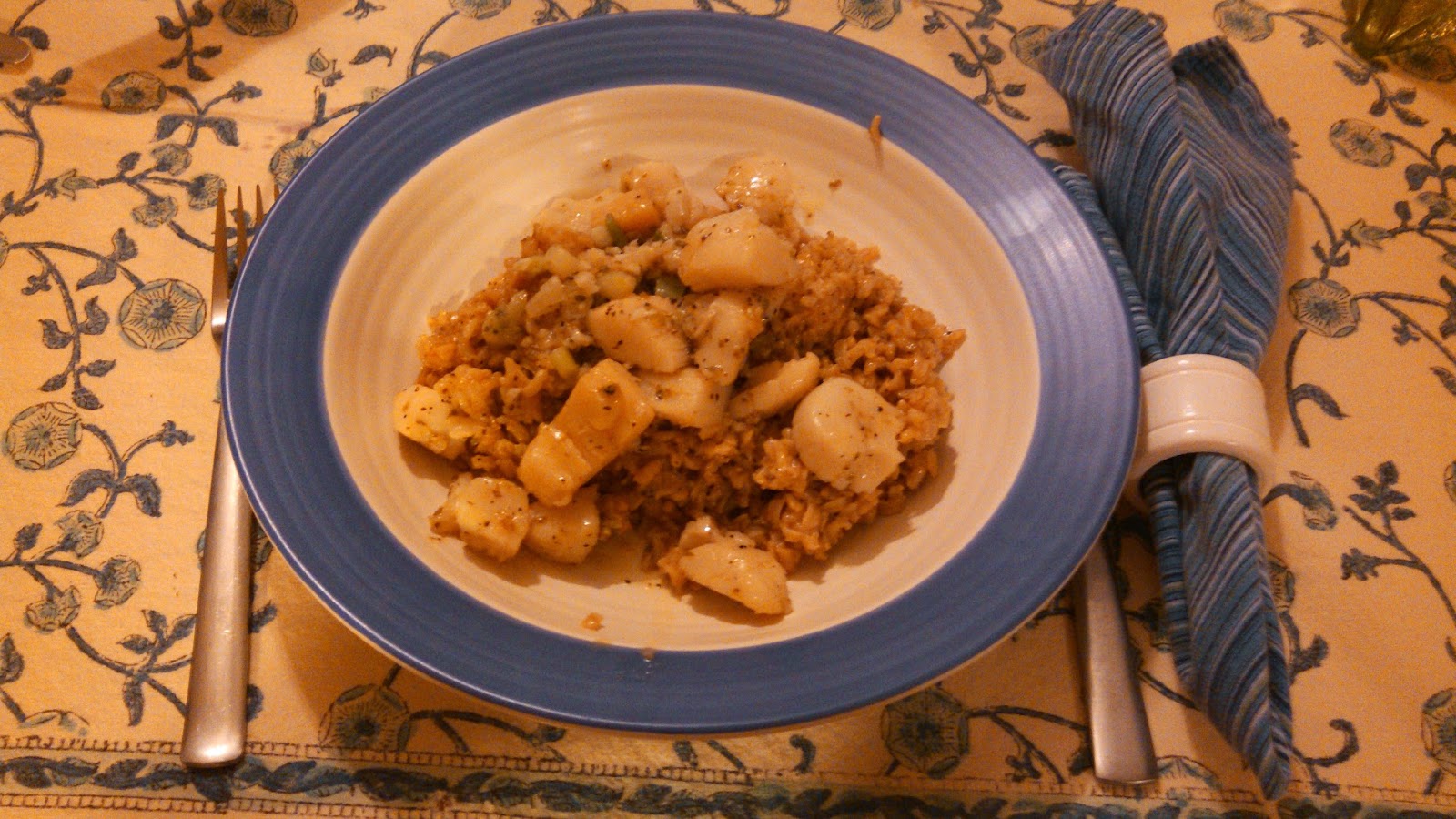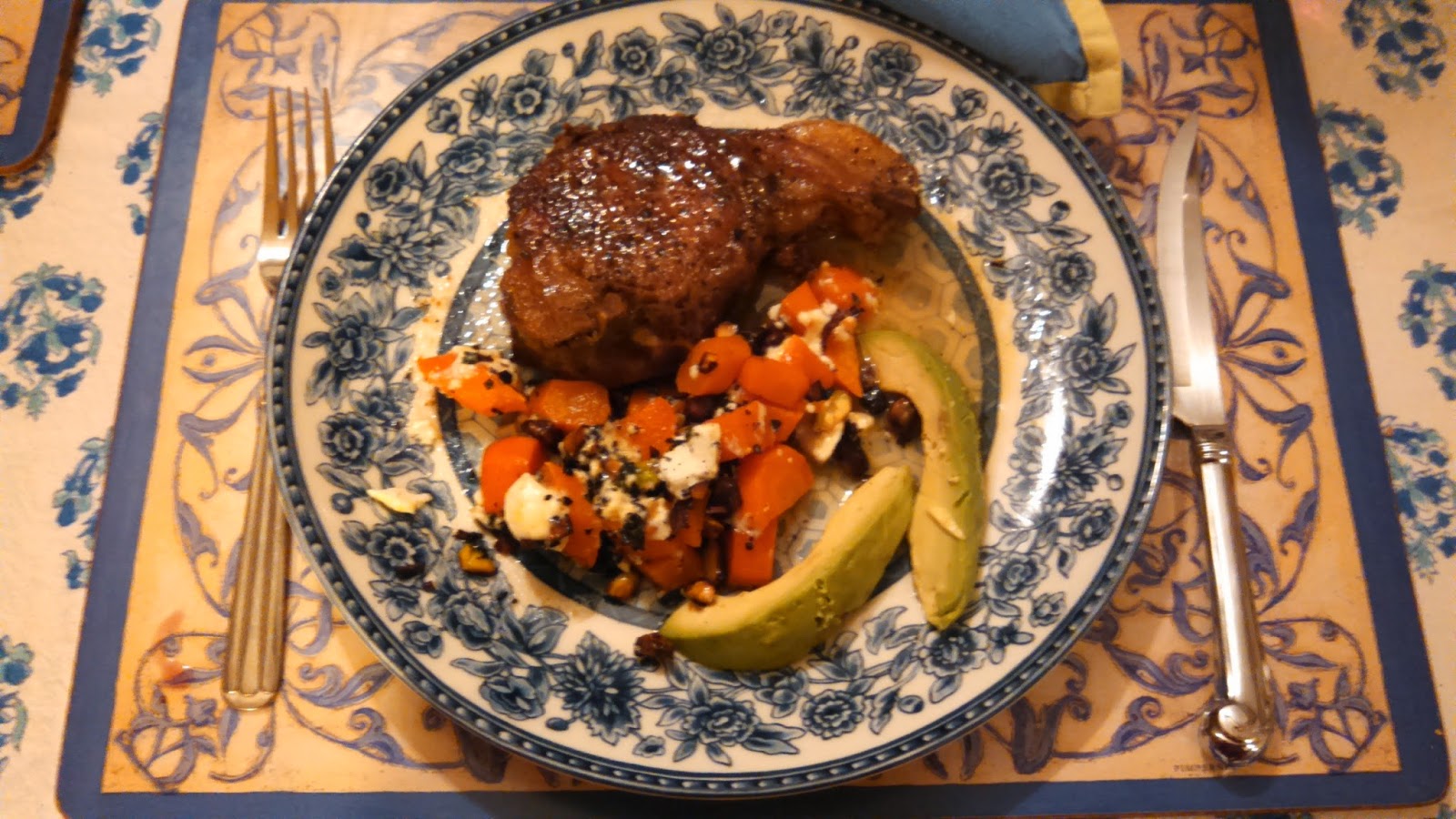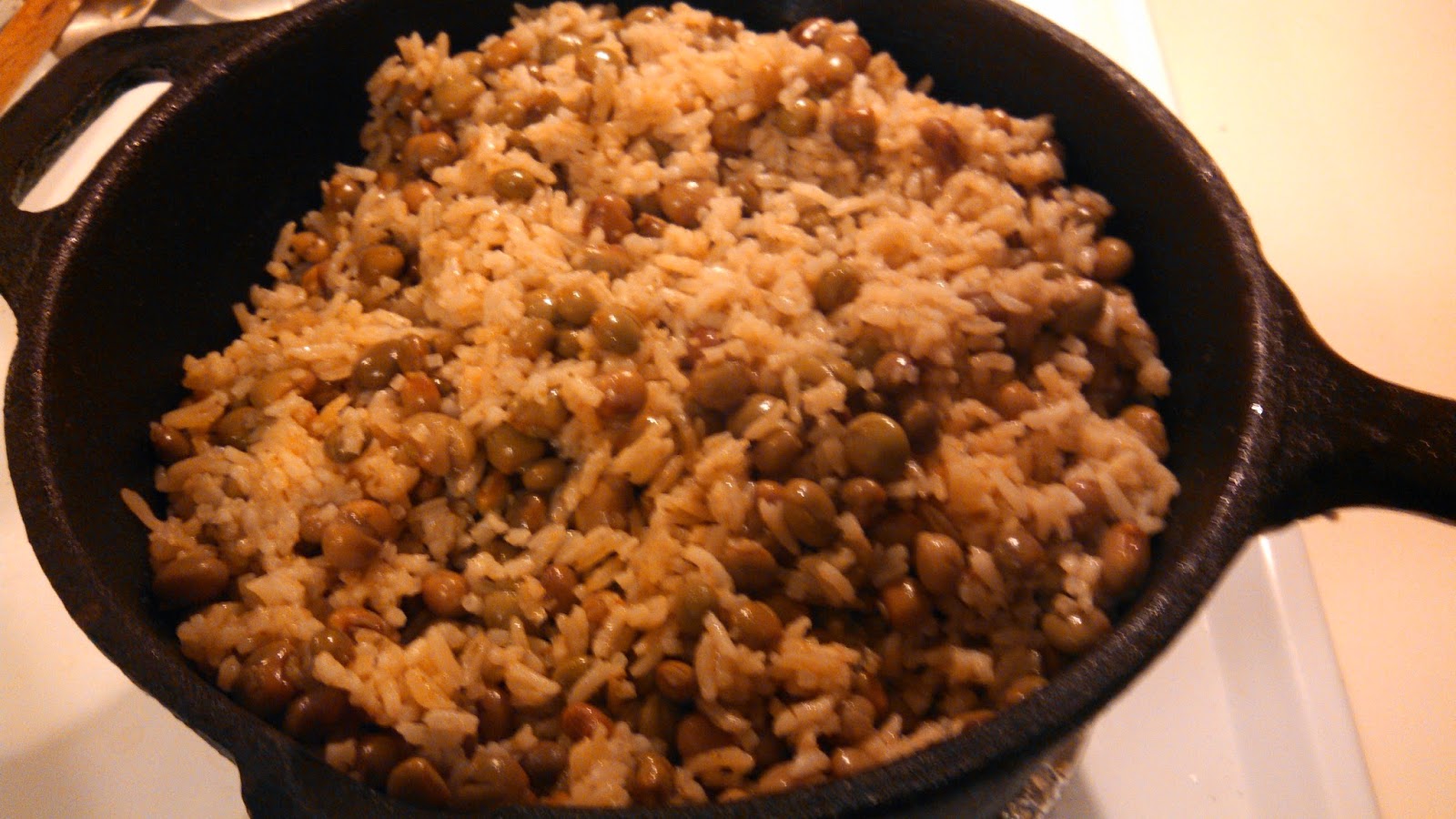In Puerto Rican cooking, rice and pigeon peas, or arroz con gadules, is the preeminent holiday side dish. When I was a kid back in the Barrio (Spanish Harlem) there wasn’t a home that didn’t have a steaming pot of arroz con gandules to go with the turkey at Thanksgiving, roast pork shoulder (pernil) at Christmas, ham or lamb at Easter. This tasty mix has been with us since I can remember, and it served as a change from the standard rice and beans.
So, what are pigeon peas? Well, they are a legume (or fruit pod) such as beans, peas, soybeans, peanuts, alfalfa, etc. They’ve been around for about 3,500 years; and were first cultivated in eastern India, and from there spread worldwide. They were brought to the Caribbean islands by the slave trade; and until recently were virtually unknown in mainland North America. I remember that when I traveled to New England or the Midwest I couldn’t find the things anywhere. Today you can find them in any Hispanic or Caribbean market.
In the recipe given below, you can either prepare gandules from scratch, like you would do any beans, or simply get canned pigeon peas. I’ll tell you right now, there is no shame in using canned pigeon peas. I know, the purists will howl—but as viable shortcut when time is essential, the canned stuff is just as good. You may have to doctor the canned peas somewhat by adding spices such as black pepper and oregano, but the results will be acceptable.
Note that in the recipe, I favor the overnight soaking method for dry beans rather than the popular quick-soaking method where beans are covered with water, then cooked uncovered over moderate heat for 2 minutes. Afterward, they are removed from heat and left to soak for 1 hour. Then cooked as required. What bothers me about this method is that the package beans you pick up at the supermarket may be older (and drier) than last year’s leftover meatloaf. So it follows, the more soaking time, the more tender the final product. The recipe also calls for sofrito, the base flavoring used in criollo cuisine. If you don’t have sofrito, then in a small bowl combine 1 clove garlic, crushed; 1/2 onion, chopped; and 1/2 cooked chopped fresh parsley. Stir in 2 tablespoons olive oil, and then add this mixture to the recipe.
One final plug: this recipe is from my first cookbook, Puerto Rican Cuisine in America, which is going into its third printing. Want to savor more gems kike this one? Buy the book, make me rich.
ARROZ CON GANDULES
(Rice and Pigeon Peas)
1 pound fresh or dried pigeon peas, or 1 pound canned peas
2 cups rice
3 tablespoons olive oil
1/4 pound salt pork, rinsed in cold water and diced
1/4 pound lean cured ham, rinsed in cold water and diced
1 medium onion, peeled and chopped
1 medium green bell pepper (pimento), cored, seeded and chopped
2 tablespoons chopped cilantro
3 tablespoons sofrito (or the substitute given above)
1 cup alcaparrado (olive-caper mix available in Latino markets)
1 8-ounce can tomato sauce
2 tablespoons dry white wine
Salt to taste
1. If you’re using fresh pigeon peas, you’re ahead of the game. They can be cooked just as is after rinsing in cold running water. If using dry beans, they need to be soaked overnight in water to cover by at least 2 inches. Drain beans and place in a pot or kettle (a Dutch oven is perfect for this) with 2 quarts (8 cups water) and bring to a boil. Cover and boil over moderate-low heat until beans are tender (about 1 hour).
2. Drain cooked peas and set aside, reserving 1 1/2 cups cooking liquid.
3. Wash rice and drain.
4. Heat oil in a heavy kettle or pot (I prefer cast-iron). Brown the salt pork.
5. Add ham and cook on moderate heat until golden-crisp (about 4-5 minutes).
6. Add onion, bell pepper, cilantro, sofrito, alcaparrado and tomato sauce. Sauté for about 5 minutes.
7. Stir in rice. Add peas, reserved cooking liquid, wine and salt.
8. Boil on moderate-high heat, uncovered, until water is absorbed (about 5-8 minutes).
9. Cover and simmer on low heat for 30 minutes.
10. Turn off heat and let rice sit for 10 minutes before serving.
Yield: 8 servings.
